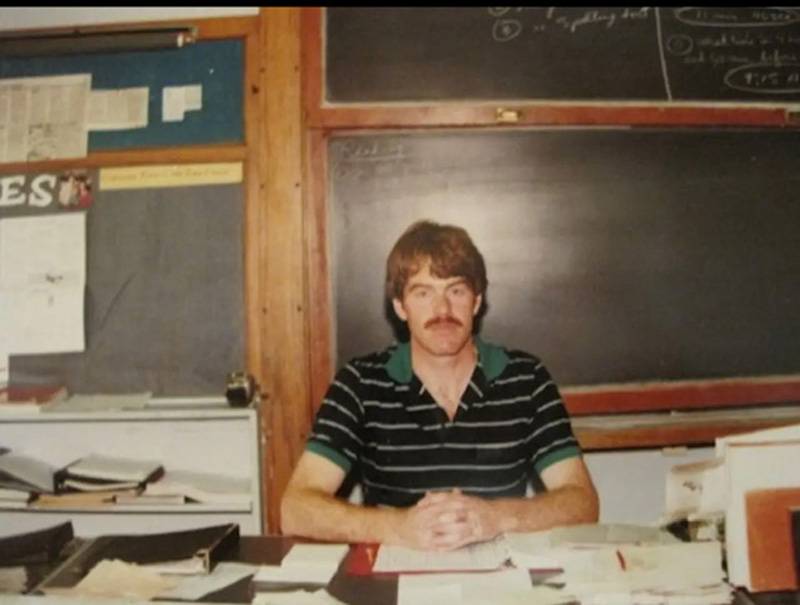
I spent most of my life in education -- 13 years of it in Batavia: kindergarten at Washington School, first to eighth grade at St. Mary's on Woodrow Road (for first and second grade, we were in the basement of Notre Dame High School because the elementary school was being built), and four years at Notre Dame on Union Street.
My three-years younger brother Dan spent part of his elementary years at St. Joseph's on Summit Street and then graduated from Notre Dame.
Lastly, my 11-years younger brother Jim went to elementary at John Kennedy on Vine Street, Batavia Middle School on Ross Street and then Batavia High on State Street.
So, between the three of us, we had a bunch of Batavia schools covered.
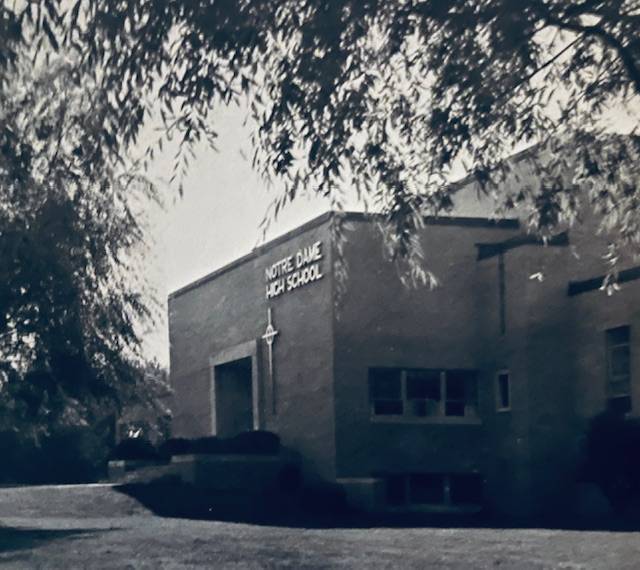
After high school, I went on to St. John Fisher College in Rochester for five years ( I had an illness as a junior which required an extra year). Upon graduation, I spent one year teaching sixth grade at St. Peter and Paul School in Rochester, and then after spending three years out of education, I taught fifth and sixth grades for the next 32 years at three different elementary schools in the Rochester City School District.
If I'm doing my math correctly, that's 51 years either being taught or doing the teaching, although any good teacher will tell you that you never stop learning. There's a lot you can learn from your students, too.
Everyone reading this article spent some amount of time in school. In Batavia, if you were Catholic, depending on where you lived, you could choose between St. Mary's or St. Joseph's on the north side or St. Anthony's (heavily Italian) or Sacred Heart (heavily Polish) on the south side for elementary school.
Today, only St. Joseph's is still operating.
Then it was likely on to Notre Dame for high school.
If you went to public school, it was Pringle, Lincoln, East Washington, Jackson, Brooklyn, Robert Morris, or John Kennedy Elementary.
Today, Jackson and John Kennedy are still operating, and Robert Morris has reopened partially.
Then it was on to the Middle School and Batavia High, which has been on State Street since 1961.
What did all these kids in all these schools have in common? Well, if it was between the 1950s and the early 2000s, they were using the same “technology” that I did in my student and teaching career. And the thing all of those who are still around have to realize is that almost all of those classroom tools we relied on to help us learn are gone, probably never to return. My intent in this article is to take a nostalgic look at the classroom equipment of days gone by.
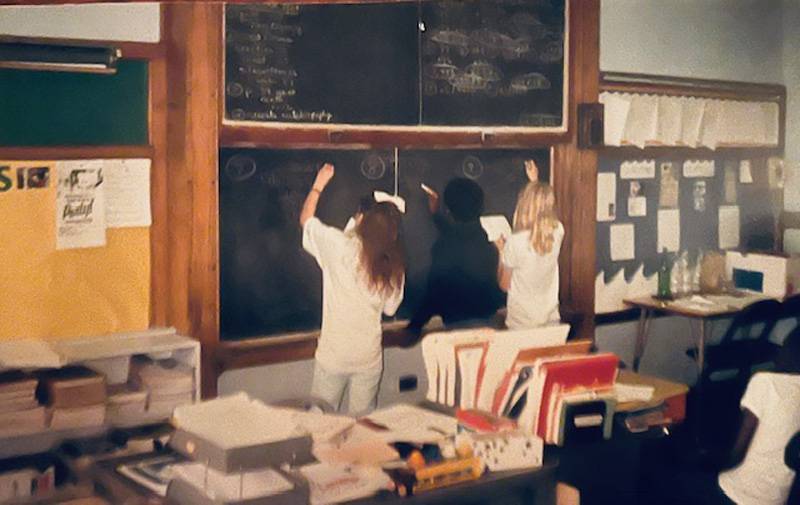
Seemingly forever, the blackboard, or chalkboard as it was also known, was a main point of use in every classroom. I have to admit I made full use of mine right up until my retirement in 2006. In fact, I used it so much that some days I would go home looking like I spent the day working in a gypsum mine.
My former students will still remember being called up to the blackboard two or three at a time to work out math problems.
Most teachers had a job chart where each week students were assigned a task. One of those was to clean the erasers at the end of the day. They would either go outside and clap them together, causing a dust storm that looked like Oklahoma in the 1930s, or later on, there was a machine to run them through. Another job was to wash the boards at the end of the day, but I was such a stickler I would do them again after they left.
As time passed, whiteboards with dry-erase markers became the norm. Today, virtually every classroom has a smartboard, which is connected to the internet and makes a lot of the older equipment useless antiques.
Of course, each student has a laptop computer or tablet to use too.
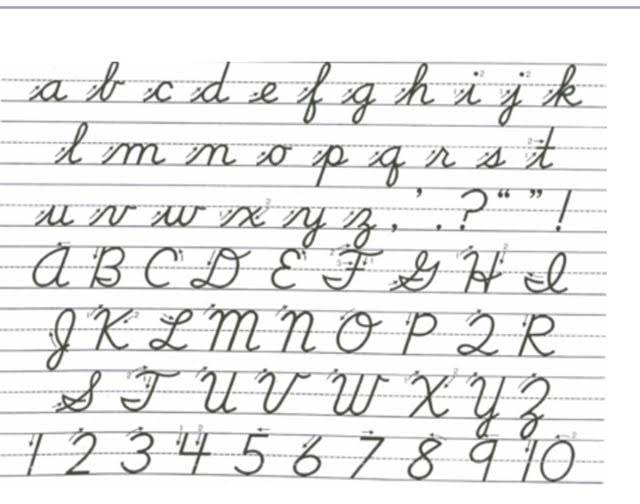
Cursive writing, or actually even printing. I'm sure you all recall the green tagboard cursive letters in white script that virtually every elementary teacher had on display in the classroom. A certain amount of time each day was devoted to practicing printing in the primary grades and then cursive at the intermediate level. Writing assignments were either printed or done in cursive.
If you went to Catholic school like me, the nuns were fanatics about it. Maybe it was in their sisterly vows. “I swear that I will torment elementary students about perfecting the Palmer Method of cursive. So help me God.”
It never happened to me, but I have been told by others that rulers on the back of hands were sometimes utilized (especially if you were left-handed) to help emphasize a kid's devotion to cursive perfection (but right-handed). Also, I know this sounds sexist , but why did the girls always have better cursive?
Today there is almost no need for writing of any kind, with the possible exception of math problems. Most things are written with a keyboard on a computer, tablet, or even a phone for homework. Most classrooms today have a minimum of pencils, pens, and paper. It simply is not needed. There is also a shortage of nuns so I guess rulers are not needed either to keep those fingers in place on the keyboards.
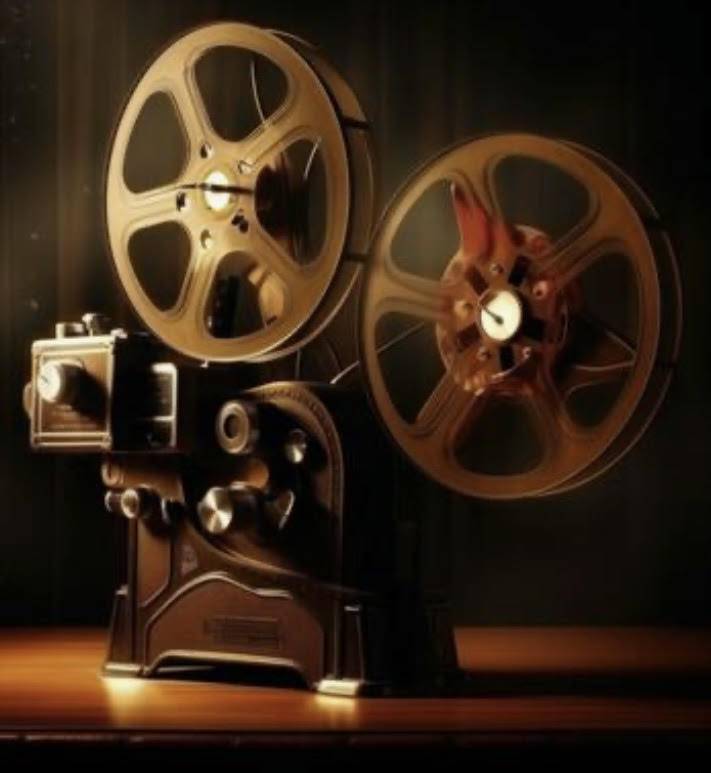
This is going way back, but 16mm films and projectors were once the way to see movies. In the Rochester District, you had to order a movie from a central supply location, and it would be delivered to the school by a messenger. Then you had to reserve the projector from the library where it was kept.
In my first school, you could never get it on a Friday afternoon because the same lazy teacher always beat you to it. Once you got the movie and projector, there was at least a 50 percent chance the film would break at some point, and you'd have to splice it with tape. Some of the movies had been spliced so many times they were almost unwatchable. If the projector light bulb blew out, that was the end of the movie for the day because, apparently, new bulbs were only made in Mongolia or somewhere.
In the 1980s, VCRs came into use so you could more easily watch movies on a TV. Televisions (still the kind with “Rabbit Ear” antennas) became popular to watch big events like presidential inaugurations. Often classes would have to combine together because each school only had a couple TVs. In the late 80s, video cameras were introduced to record school plays and events.
Today, every school has wi-fi, and each classroom has that previously mentioned five-foot-high smartboard connected to it, so all those previous viewing methods are obsolete.
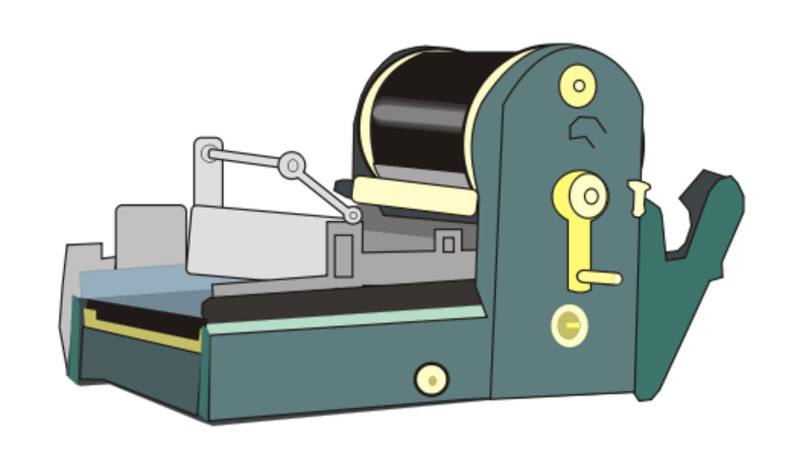
Before big Xerox stockholders got rich from the copier business, we made copies with a mimeograph machine. A toxic fluid was poured into it by teachers, and some lawyers could probably make a bundle today after finding out what health problems were caused by exposure to that stuff.
We would make a master carbon copy, clip it into the machine, and turn the crank to roll off the number of copies we wanted. This often resulted in purple fingers, and if the copies were “hot off the press,” the students would be sniffing them, which was probably as bad as smoking.
Copiers are still a problem, too, with adding toner and the constant jamming. If hidden microphones were ever placed in copier rooms, lots of teachers would be in trouble for their (expletives deleted).
Finally, we would use a machine called a filmstrip projector. A strip of film would come in a metal or plastic container. Usually, there was an entire box of these devoted to a certain topic. The strip of film would be inserted into the projector (again requiring those light bulbs from Mongolia), and the teacher or a designated student would turn a knob that advanced the film one frame at a time.
Accompanying these strips was a record or audio tape that would narrate the topic. When a beeping noise occurred, that was the signal to advance the frame. For example, if the topic was Batavia, NY, the tape would say something like: “Batavia is a small city located in western New York,” while on the screen would be a map of New York State with a red dot showing where Batavia is. “Beep”. The film would be turned one frame. “ Batavia is the seat of Genesee County.” The film would show a map of New York State counties highlighting Genesee County and Batavia. “Beep.” And so on ad infinitum.
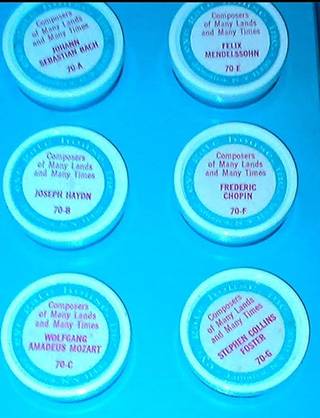
Or should I say ad nauseam because the people chosen to narrate these film stips must have been hired from a group of failed announcers due to their extremely boring and annoying voices.
About halfway through the filmstrip, you would look around, and students were either asleep or drawing funny-looking pictures of you.
Whether you attended school in Batavia, Le Roy, Alexander, Oakfield, Rochester, Buffalo, or Tucumcari, New Mexico, if it was before the 2000s, you used one or more of the classroom things I described. They were all successful aids in learning to a greater or lesser degree, but their time has come and gone like the feather quills and inkwells of the 1800s. Like phone booths and dial phones, today's kids would not have heard of most of these things if you asked them. As they say, time marches on. But it can sometimes be enjoyable to think back to the “good old days” and the things our teachers used to educate us.
(Authors note: as is usual with my writing I try to make my articles nostalgic with a touch of humor mixed in. If you care to comment, I would love to hear any anecdotes you might have about any of the equipment I mentioned. Or, maybe I forgot some things that you could add. However, if you have any political comments about today's education there are numerous forums to do that. Please keep to the spirit of reminiscence here. Thank you.)
